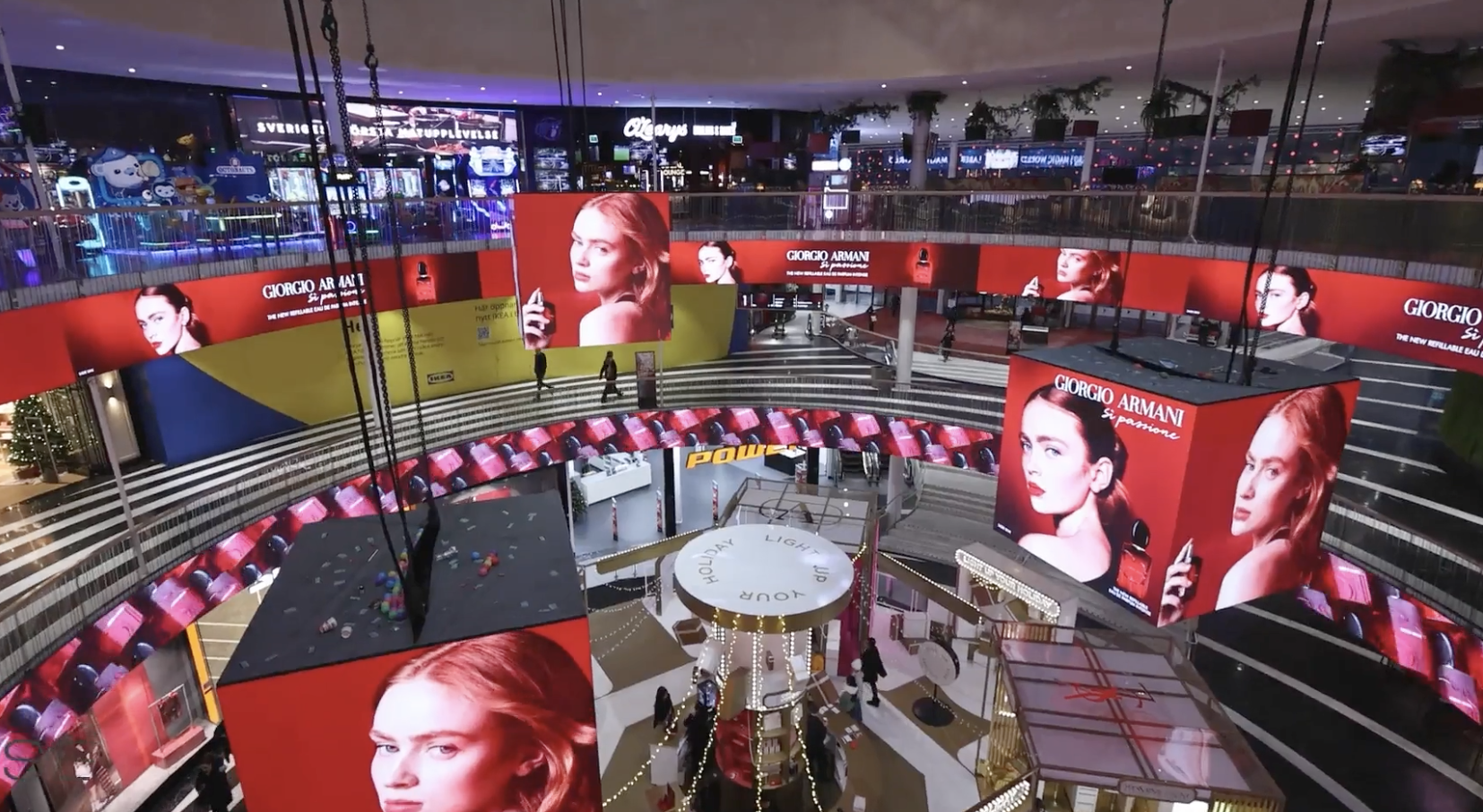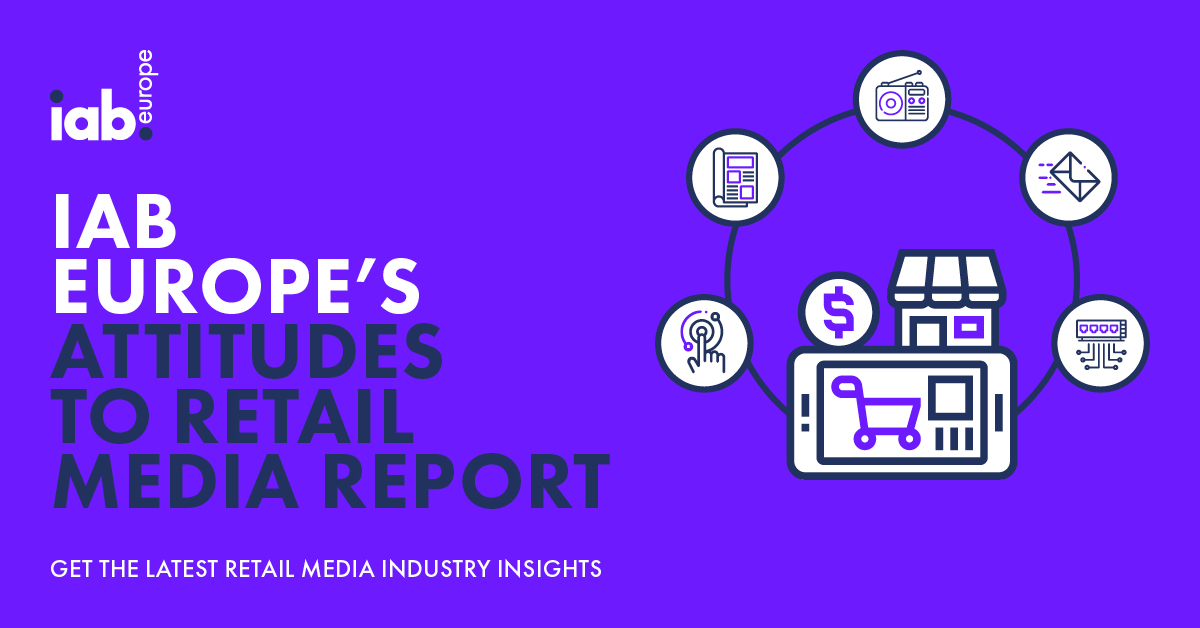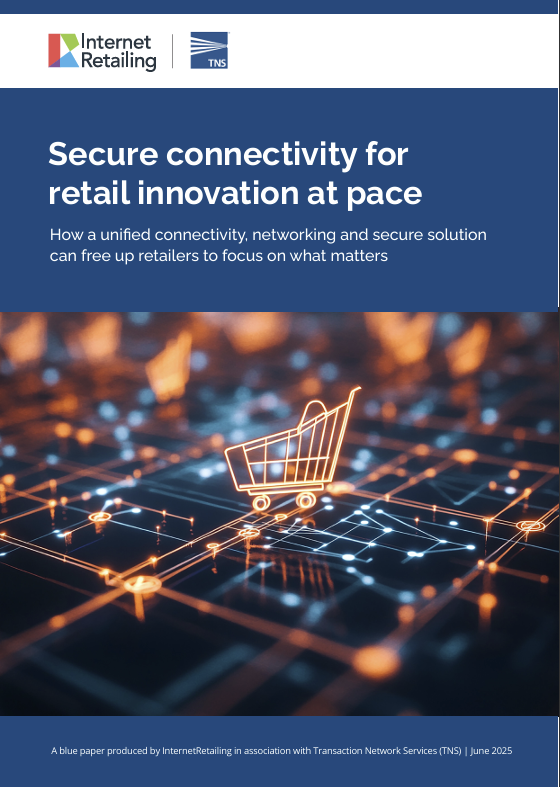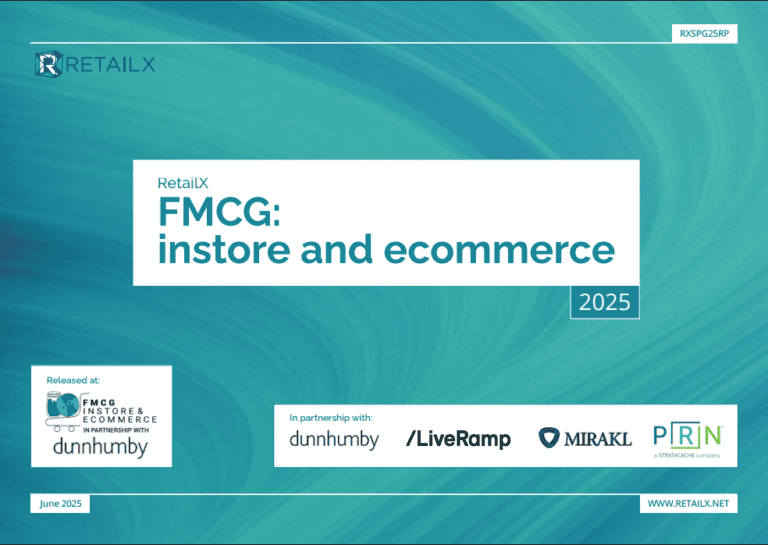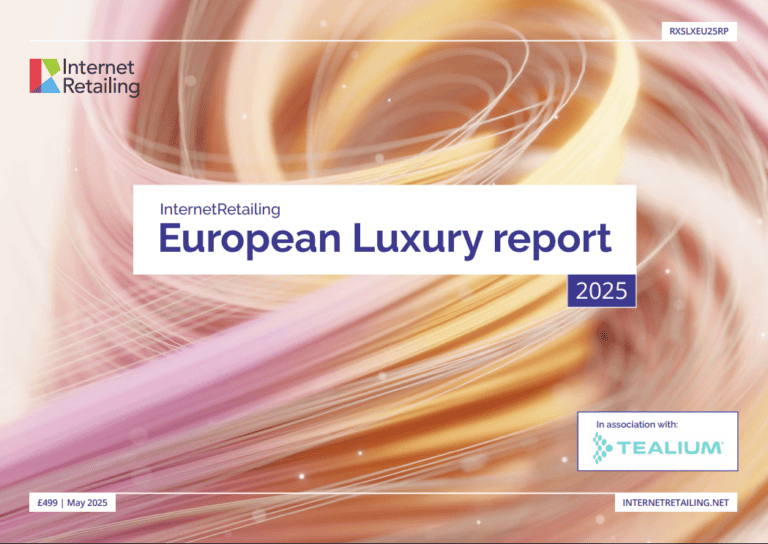Things haven’t been great, have they? Christmas for many consumers has been blighted by illness and, for many retailers, the peak season has also been hit by a dose of economic flu, with footfall, sales and profits all down. Even online didn’t do as well as hoped.
While there are many pandemic reasons why Christmas hasn’t been the usual delight for many – Brexit, weak government, bad weather, stagnant wages, gloomy global prospects – there are many issues that are closer to home that are within the power of retailers to fix.
As we report this week, many retailers are losing money stupidly through poor user experience, bad design and not being ‘emotional’ enough online and, in particular, on mobile.
According to an in-depth insight report from Erudite, 16% of a 1,000 top UK retail websites were found wanting. Included in the list of shame are the likes of Adidas [IRDX RADI], Next [IRDX RNXT] and Ticketmaster [IRDX RTCK] – all missing a significant commercial opportunity because of poorly performing mobile site UX.
This lag in UX is not as simple as you’d think, however. A separate study finds that as many as 60% of US shoppers are abandoning their cart because they are ‘emotionally ambivalent’ about what they are seeing and doing and feel no connection with the brand or its site.
This is a massive problem. While many retailers rightly focus on getting rapid load times for their m-sites and apps, they are perhaps missing a wider point here: emotion.
As Simon Bell, Founder of Diligent Commerce points out in our Guest Opinion this week, “When consumers load up a website they’re excited to visit, does a 0.05 second slower site speed really make them less likely to click “buy”? By the same token, if a website leaves them feeling cold and disinterested, will a small tweak to a call to action wording convince them to buy?”
His short answer to all of these questions is “probably not”.
As mobile consumers, we all like convenience and usability when we shop via smartphone. Excluding a total technical catastrophe, however, a milliseconds delay is unlikely to put us off as much as an uninspiring website will. This is because we’re emotional beings. It’s also the reason you must stop prioritising the technical over the emotional if you want your brand to become an m-commerce success story; it’s all about balance.
This need for emotional as well as technical satisfaction is in danger of being lost in the quest for speed (which is still important, but as part of the whole) and it the fight to stay in business.
This move towards emotion is in many ways the next step in personalisation and taps into one of the main trends I see for 2018:’ customer service’. By that I mean that shoppers are already spoiled for choice in terms of price. They are increasingly also spoilt for choice with delivery speed, personalisation and more. What’s left to differentiate on? How the customer feels that they are being looked after. In short, the emotion of their interaction with retail brands.
While there are many battles royal going on in retail boardrooms up and down the land and while it seems that there are way bigger fish to fry right now – such as how to halt declining sales and cut margins to the bone – it may seem frivolous to talk about ‘emotional design’ to increase mobile sales but it is important and is something that the leaders in retail will rapidly get on board with in Q1 2018.
